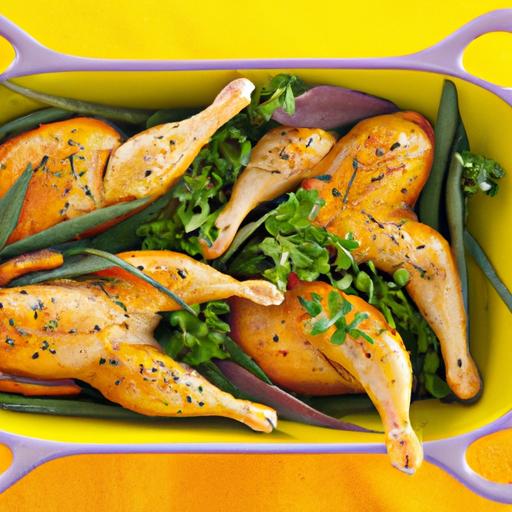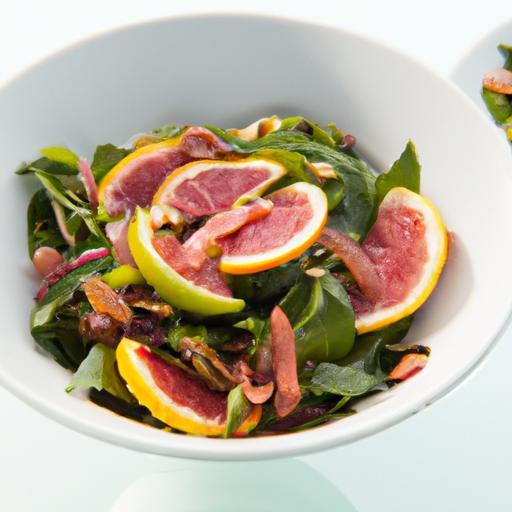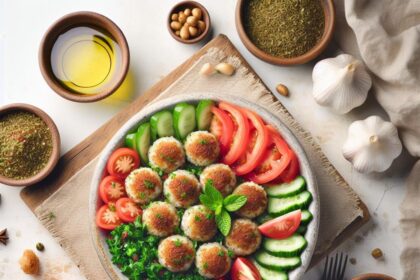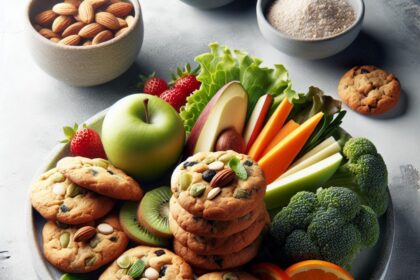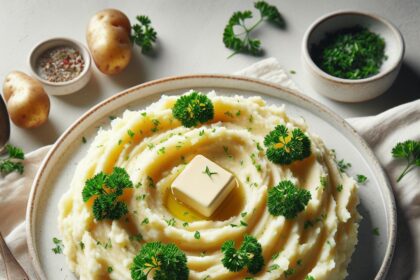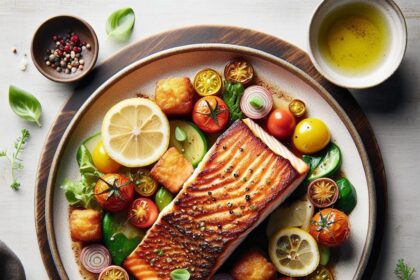In the heart of every home lies the kitchen-a bustling hub of creativity, comfort, and flavor. But amidst the colorful chaos of spices, leftovers, and pantry staples, an unorganized kitchen can quickly turn from a cook’s sanctuary into a maze of mystery jars and forgotten flavors. Enter the power of a perfectly crafted food label system: a simple yet transformative tool that brings harmony, clarity, and efficiency to your culinary space. In this article, we’ll explore how mastering your kitchen with thoughtfully designed labels not only elevates your cooking routine but also reduces waste, saves time, and sparks joy every time you open a cabinet or fridge door. Get ready to turn your kitchen into a model of order and inspiration-one label at a time.
Understanding the Importance of Food Labels in Kitchen Organization
Master Your Kitchen: Crafting the Perfect Food Label System begins with realizing how food labels transform clutter into clarity. When your pantry and fridge are clearly labeled, you instantly eliminate confusion and wasted time, making every cooking session smoother and more enjoyable. Crisp, well-made labels keep ingredients fresh in mind and inspire confidence when preparing your favorite dishes or experimenting with new recipes.
Prep and Cook Time
Preparation: 45 minutes | Implementation: Ongoing maintenance (10 minutes weekly)
Yield
One complete, customizable food label system for an average home kitchen.
Difficulty Level
Easy to Medium – Designed for all skill levels with room for creativity.
Ingredients
- Durable label sheets (waterproof/vinyl recommended, 50+ labels)
- Permanent or erasable marker pens (fine tip for clarity)
- Color-coded peel-and-stick dots or stickers (assorted colors)
- Clear, high-contrast icons (printable or pre-made kitchen symbols)
- Scissors or label printer
- Ruler and pencil (for even spacing and alignment)
- Cleaning wipes (for prepping label surfaces)
Instructions
- Start with an inventory audit: Gather all your pantry, fridge, and freezer items to categorize by type-grains, baking essentials, spices, snacks, and perishables.
- Choose label materials carefully: Opt for waterproof or vinyl labels to withstand kitchen humidity and occasional spills. Permanent markers ensure labels last, while erasable pens provide flexibility for changing contents.
- Create a color-coded system: Assign each category a distinct sticker color. For example, red for spices, blue for baking supplies, green for grains. This visual cue accelerates ingredient identification and adds vibrant flair to your kitchen.
- Add easy-to-recognize icons: Use simple symbols like a wheat stalk for grains, a jar for spices, or a snowflake for frozen goods. Icons speed up recognition, even from a distance or at a quick glance.
- Label placement tips: Stick labels on clear, flat surfaces such as glass jars, tins, and storage containers. For bags and less rigid items, use label tags attached with string or adhesive tape to ensure durability.
- Maintain your system weekly: Allocate 10 minutes to wipe down labels, remove outdated tags, and update any contents that have been substituted or refilled. Keep markers accessible for immediate corrections.
Tips for Success and Maintenance
- Consistency is key: Use the same font style and size for all labels to create a cohesive look and improve legibility.
- Keep a label template handy: Save time by designing a reusable template for your labels on your phone or computer.
- Invest in a label maker: For a polished, uniform finish that elevates your kitchen organization and saves you hours.
- Rotate colors seasonally: Refresh your color code to reflect seasonal ingredients or menu themes-keeping the system inviting and inspiring.
- Link to related organization tips: Explore our Kitchen Organization Tips for further inspiration.
- For scientific backing: Learn more about efficient kitchen practices at USDA Food Safety and Inspection Service.
Serving Suggestions
Present your newly labeled pantry with clear containers arranged by category and color block-this invites joy and ease into your meal prep space. Pair your color-coded labels with matching shelf liners or basket totes for an upscale cafe-style pantry. Adding small decorative plants or herb jars nearby enhances the overall sensory experience, melding style with functionality.

Q&A
Q&A: Master Your Kitchen – Crafting the Perfect Food Label System
Q1: Why is having a food label system in the kitchen important?
A: Think of your kitchen as a bustling command center. A well-crafted food label system brings order to the chaos, helping you quickly identify ingredients, track freshness, and avoid food waste. It’s like giving your pantry a voice, so it can tell you exactly what’s inside each jar or container at a glance.
Q2: What key elements should a perfect food label system include?
A: Simplicity meets clarity! Your labels should clearly show the name of the item, the date it was stored or opened, and any important notes like “use by” dates or allergen info. Using color coding or symbols can also add a visual layer, making it faster to locate what you need.
Q3: Which materials work best for durable and attractive labels?
A: Waterproof and smudge-proof labels are a must for a busy kitchen. Options like laminated printable stickers, chalkboard labels paired with chalk markers, or even dry-erase labels on jars ensure your tags stay pristine and readable, no matter the spills or humidity.
Q4: How can I organize my labels to make meal prep more efficient?
A: Group similar items with matching color codes or icons – think green for herbs, blue for frozen goods, red for spices. Organize containers by type and usage frequency. With this system, reaching for everyday staples will be effortless, speeding up your cooking flow.
Q5: What creative touches can transform my food labels from functional to fabulous?
A: Infuse personality with custom fonts, playful illustrations, or even hand-drawn doodles that reflect your style. Use cute phrases like “Magic Spice Mix” or “Energy Booster Nuts” to jazz things up and make your kitchen feel uniquely yours.
Q6: How often should I update my labeling system?
A: Make it a habit to refresh labels whenever you restock or finish a container. A quick scan every month helps keep dates accurate and reduces mystery leftovers lurking in the back of your fridge. Consistency here means a smoother cooking experience and less food waste.
Q7: Can a food label system help with dietary restrictions?
A: Absolutely! Labels can highlight allergens or dietary notes like gluten-free, vegan, or low-sodium with symbols or color cues. This not only safeguards health but also streamlines meal planning, especially when cooking for family or guests with specific needs.
Q8: Where can I find inspiration or templates for my food labels?
A: Dive into kitchen organization blogs, Pinterest boards, or crafty marketplaces. Many offer free downloadable templates that you can tweak for your own use, blending practicality with creativity in your customized labeling journey.
Mastering your kitchen starts with clarity and organization-crafting the perfect food label system is your first delicious step!
The Way Forward
As you embark on the journey to master your kitchen, remember that a well-crafted food label system is more than just organization-it’s the key to efficiency, freshness, and peace of mind. With clear labels guiding your culinary adventures, you’ll transform chaos into calm, reduce waste, and elevate your cooking experience. So, roll up your sleeves, gather your supplies, and design a system that speaks your style. Because in the rhythm of your kitchen, every label tells a story of care, creativity, and delicious possibility. Happy labeling!